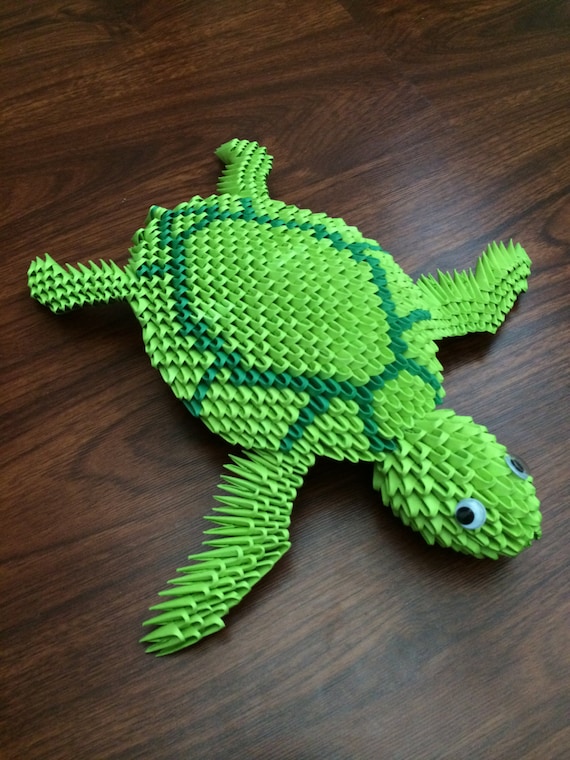

The muscle that connects the shoulder blade to the second pair of ribs – the serratus anterior – becomes twisted in the process but keeps its ancestral attachment to both bones (see above). Both steps are possible because the turtle’s ribs stop growing early on in its development and no one yet know why this happens. These two crucial events – the folding of the muscle plate and the growth of the second ribs – bring the shoulder blade within the confines of the ribcage.

A similar thing happens over the animal’s hips. Meanwhile, the second pair of ribs (r2 in the image below) grows outwards and swing forwards over the shoulder blade (sc in the image below). This line will eventually form the edge of the shell and it’s called the carapacial ridge. The muscle plate in the lower half of the turtle’s body folds inwards along a line that runs down the turtle’s body. The shoulder blade is positioned further forward and the ribs themselves are much shorter, never reaching down into the embryo’s flanks. In the turtle, early embryos share the basic plan as those of mice and chickens, but there are subtle differences. These elements – the ribs, the shoulder blade and the muscle plate – stay in much the same formation as the animals grow into adults. The ribs themselves have extended down the embryos’ flanks and are surrounded by a layer of muscle called the muscle plate (or myotome). In the mouse and chicken, the blade starts to grow backwards, extending down the trunk across the developing ribs. Initially, the embryos of all three species have shoulder blades that sit outside the ribs.


 0 kommentar(er)
0 kommentar(er)
